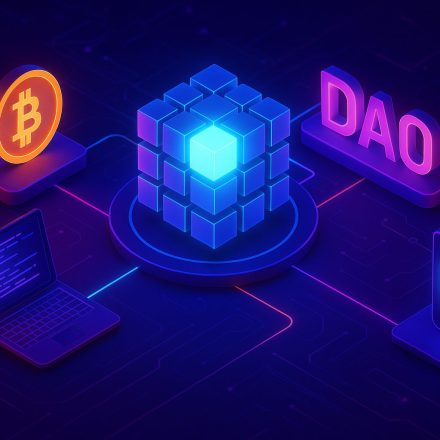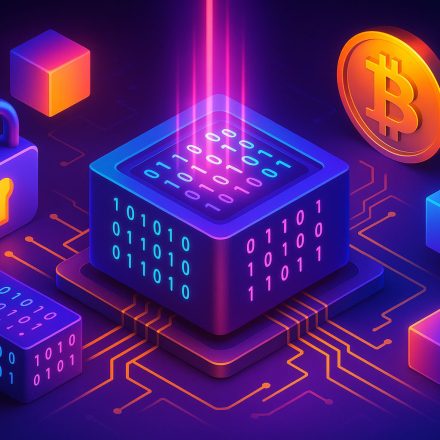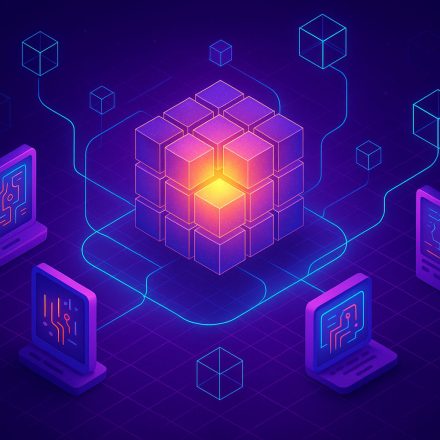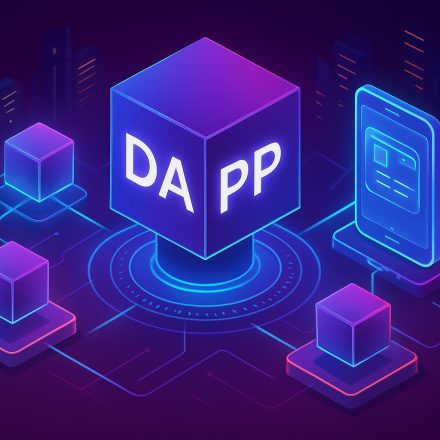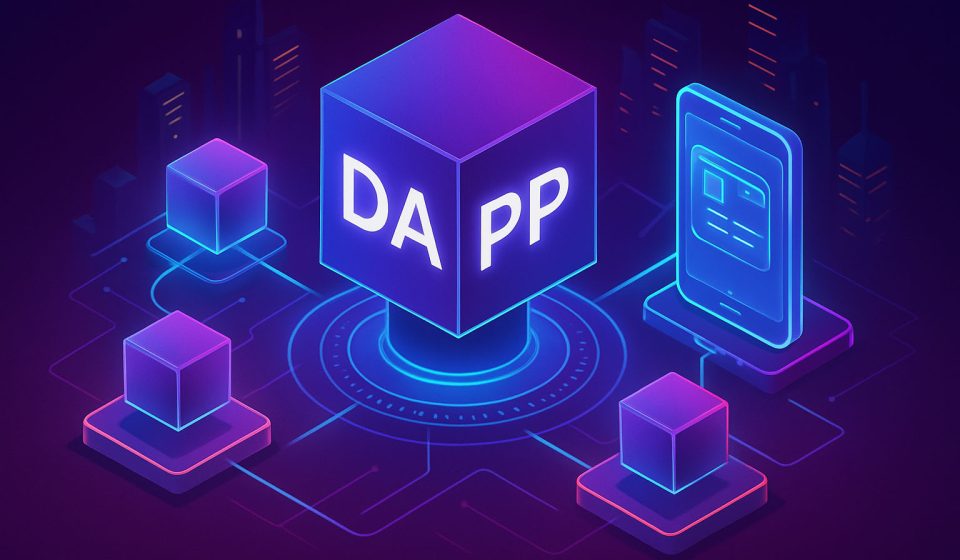
🌐 How Decentralized Applications (DApps) Work: 7 Things You Should Know
Introduction
How decentralized applications DApps work is a fundamental concept for understanding the future of blockchain and Web3 technology. Decentralized applications (DApps) are changing how we use digital platforms by removing intermediaries, increasing transparency, and allowing users to control their data and assets.
Table Of Content
- Introduction
- 🔗 What Are Decentralized Applications (DApps)?
- ⚙️ How Decentralized Applications DApps Work
- 🧩 Key Components of Decentralized Applications DApps
- 🚀 Benefits of Decentralized Applications DApps
- ⚠️ Challenges and Limitations of Decentralized Applications DApps
- 🌍 Real-World Examples of Decentralized Applications DApps
- 📊 Visual Rich Media: DApp Workflow Diagram
- 🎯 Final Thoughts
- 🔗 Learn More
In this article, you will learn exactly how decentralized applications DApps work, their key components, and why they are shaping the future of the internet.
🔗 What Are Decentralized Applications (DApps)?
A decentralized application (DApp) is a type of software that runs on blockchain networks instead of centralized servers. The main goal of DApps is to provide security, transparency, and user ownership over data.
Explore blockchain fundamentals here:
Blockchain Basics
⚙️ How Decentralized Applications DApps Work
How decentralized applications DApps work involves three essential elements that make them different from traditional apps:
- Smart Contracts → Automate rules and logic
- Blockchain Network → Store data securely
- Crypto Wallet → Enable users to interact with the DApp
These components work together to create trustless applications without middlemen.
🧩 Key Components of Decentralized Applications DApps
| Component | Purpose |
|---|---|
| Smart Contracts | Manage logic and operations |
| Blockchain | Store data transparently and securely |
| Frontend | User interface built with web technology |
| Wallet | Authenticate users & manage assets |
| Decentralized Storage | Store files (e.g., IPFS or Filecoin) |
🚀 Benefits of Decentralized Applications DApps
- No central control or censorship
- Full ownership of assets and data
- Open-source and transparent
- Secure transactions on blockchain
- Global accessibility anytime, anywhere
⚠️ Challenges and Limitations of Decentralized Applications DApps
- Scalability and network congestion
- High gas fees (especially on Ethereum)
- Complexity for non-technical users
- Smart contract vulnerabilities
🌍 Real-World Examples of Decentralized Applications DApps
| DApp | Function | Blockchain |
|---|---|---|
| Uniswap | Crypto trading | Ethereum |
| Aave | Lending & borrowing | Ethereum |
| OpenSea | NFT marketplace | Ethereum |
| Audius | Music streaming | Solana |
| Decentraland | Virtual world | Ethereum |
📊 Visual Rich Media: DApp Workflow Diagram
(To be included as a visual in WordPress content)
User Wallet → Smart Contract → Blockchain Storage → Transaction Confirmation → Data Displayed on Frontend
🎯 Final Thoughts
Understanding how decentralized applications DApps work is critical for anyone looking to explore blockchain technology and Web3. DApps enable a world where users are in control, where data is transparent, and where innovation has no borders.
Expect DApps to continue expanding into every industry — from finance to healthcare, gaming, identity management, and beyond.
🔗 Learn More
Internal Link → Blockchain Basics
External Link → https://ethereum.org/en/developers/docs/dapps/









